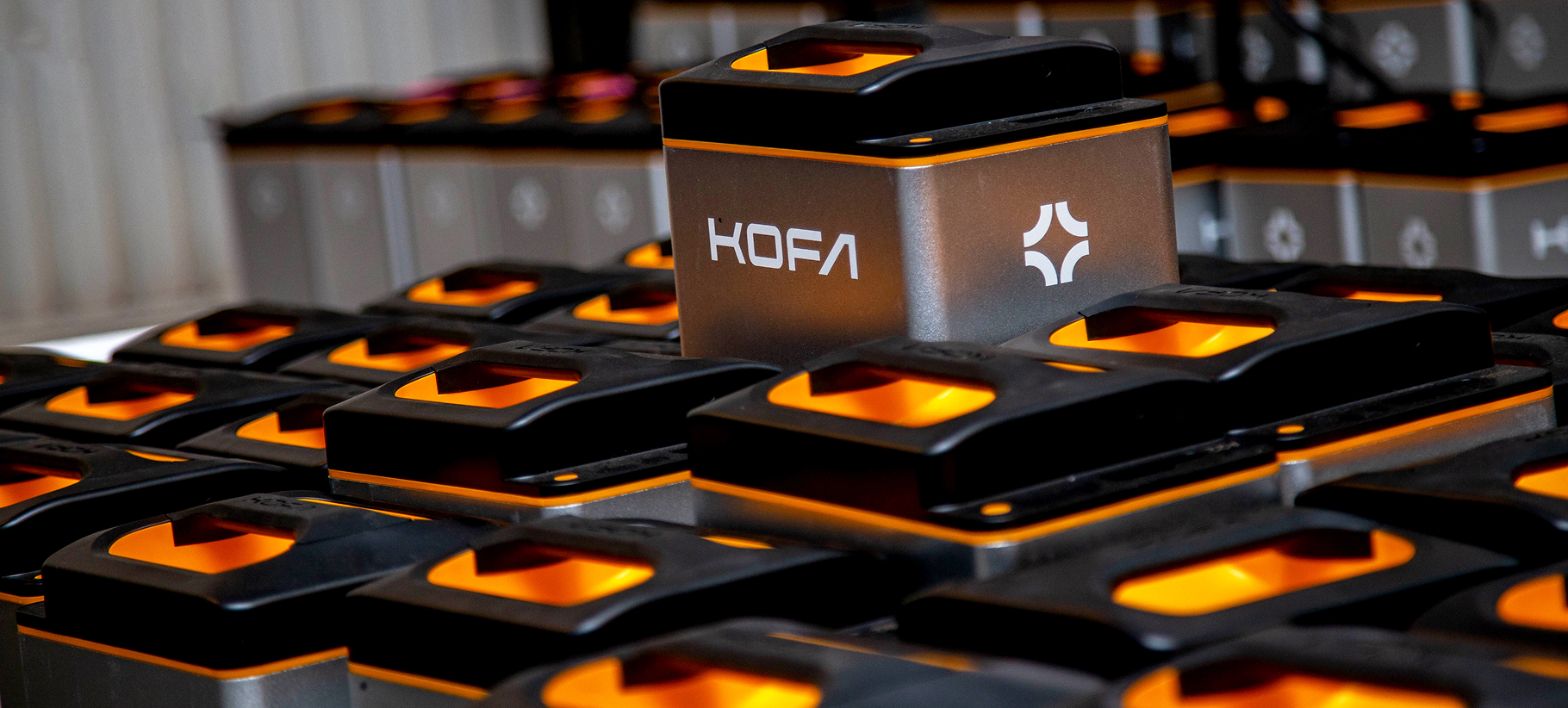We developed a comprehensive service ecosystem for renewable energy infrastructure in a matter of months, leveraging mobile lithium-ion battery technology as the core support system.
.png)
The Service Ecosystem: How riders get access to low cost energy
A power packed lithium ion battery
Through rigorous research and testing, I built out multiple methodologies to test the right form factor for the batteries to be deployed. We accounted for variables like, weight, height, materiality, and heart rate to measure “work” expended. Using guerrilla prototyping techniques, we invited potential users to stress test our resulting battery form factor before shipping it out to engineering.
.png)
The Service Ecosystem: How riders get access to low cost energy
A power packed lithium ion battery
Through rigorous research and testing, I built out multiple methodologies to test the right form factor for the batteries to be deployed. We accounted for variables like, weight, height, materiality, and heart rate to measure “work” expended. Using guerrilla prototyping techniques, we invited potential users to stress test our resulting battery form factor before shipping it out to engineering.
Real time data collection and processing
On the go real time tracking
Part of the service ecosystem involved real-time tracking of swap stations. Part of the features of the app not only included real-time tracking of swap stations but also geo-tagging riders to make use of closest swap stations without derailing delivery trips. We stress tested this touchpoint using multiple usability tests, ensuring simplicity and relying heavily on visual cues at adhered WCAG principles
.png)
A green power house using the sun
swap stations of the future
The last touchpoint in the front stage interaction would bebuilding out and scaling the swap station infrastructure to house and power thousands of mobile batteries. Just like every other touchpoint, we let our user base co-design this with us to the smallest precision. Even the 23° degree slant was designed through robust research as well as the standard <100m distance from parking to swapping lot.
.png)
A green power house using the sun
swap stations of the future
The last touchpoint in the front stage interaction would bebuilding out and scaling the swap station infrastructure to house and power thousands of mobile batteries. Just like every other touchpoint, we let our user base co-design this with us to the smallest precision. Even the 23° degree slant was designed through robust research as well as the standard <100m distance from parking to swapping lot.













.png)




.png)
.png)



.png)
